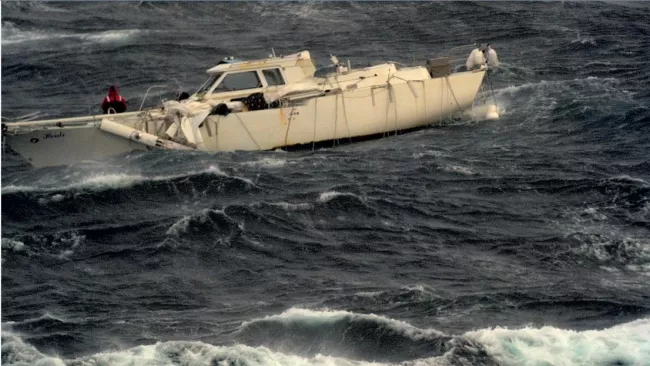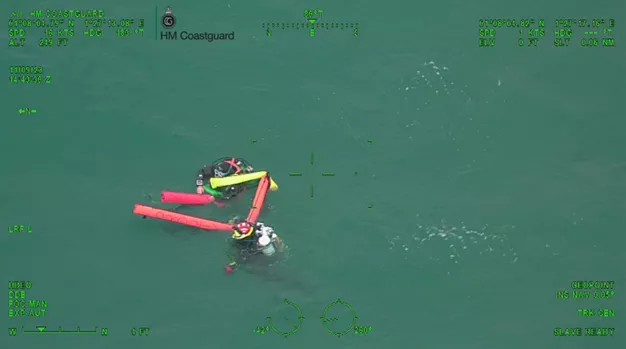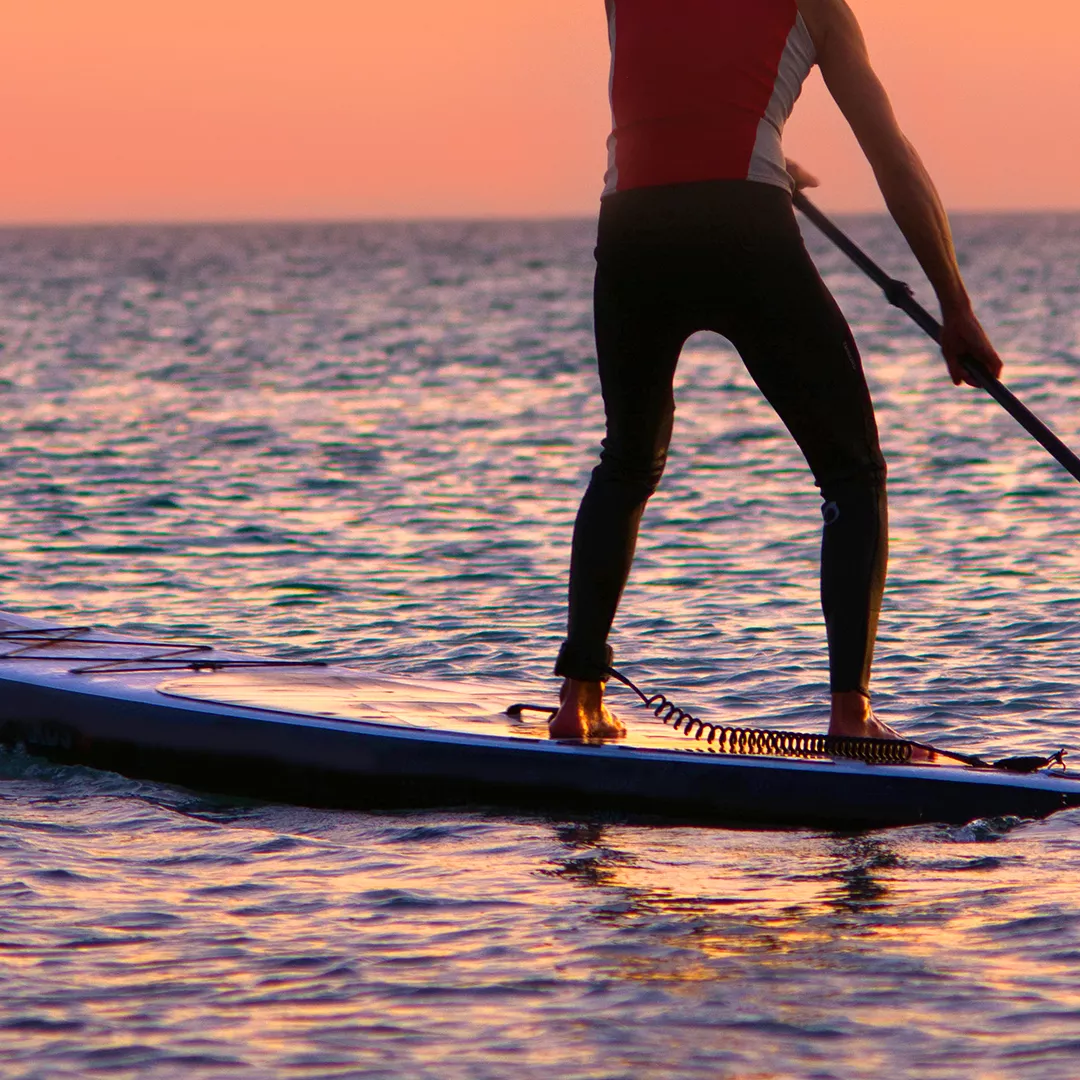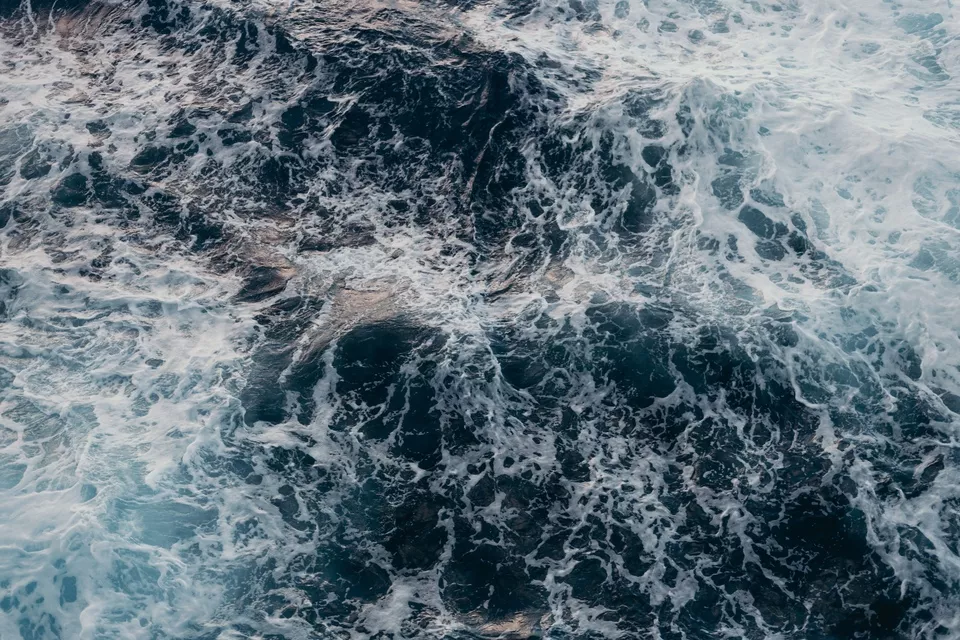A sailor onboard a critically damaged yacht, around 600 nautical miles out at sea, was saved as part of a two-day rescue operation led by HM Coastguard.
Thanks to knowing what to do in an emergency and having the right equipment onboard, it was much easier for the sailor to be successfully located and rescued.
The first beacon alert was received by HM Coastguard at around 11.30am on Thursday, 2 November. The solo sailor activated the beacon while in the Atlantic Ocean, west of Cornwall.
In the midst of Storm Ciarán the vessel had lost its mast and was taking on water.
Air assets and vessels in the vicinity were requested to head to the distress position to provide assistance. Due to the position of the yacht and the weather in the Atlantic, the first responding vessel estimated their arrival to be around 20 hours later. Despite this, they changed course and proceeded.
With the correct safety equipment onboard the yacht, the sailor was able to keep communication with HM Coastguard throughout.
Support from the RAF, French air assets and vessels responding to the incident led to the sailor and vessel being located by aircraft on the evening of 2 November. Multiple aircrafts were sent to maintain a constant orbit over the vessel, until around 3pm the following day, when the first responding vessel arrived on scene.
The casualty was recovered to the responding vessel safe and well and taken to a place of safety.

Network Commander Tom Barnett said: “These kinds of rescue missions are so much more successful when vessels are kitted out correctly. We are able to respond and get to the heart of an incident must faster, and the chance of survival is so much higher.
“This sailor had an EPIRB (emergency position-indicating radio beacon) and knew how to use their VHF radio, which kept us updated on their location and health.
“These call outs also show the power of teamwork and good communication between us and other agencies. Without this, the result of this mission could have been very different.
“We are always ready to respond to anyone in need, in an emergency call 999 and ask for the Coastguard.”
Pictures provided by RAF



